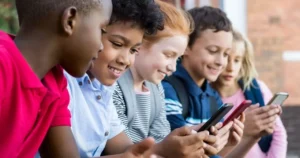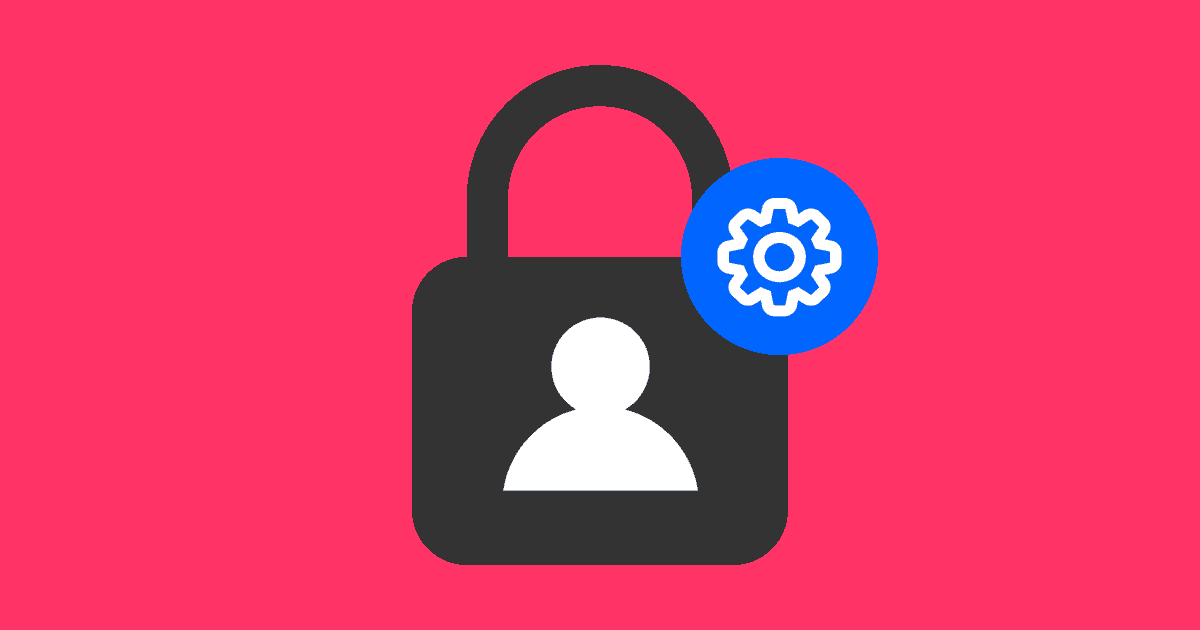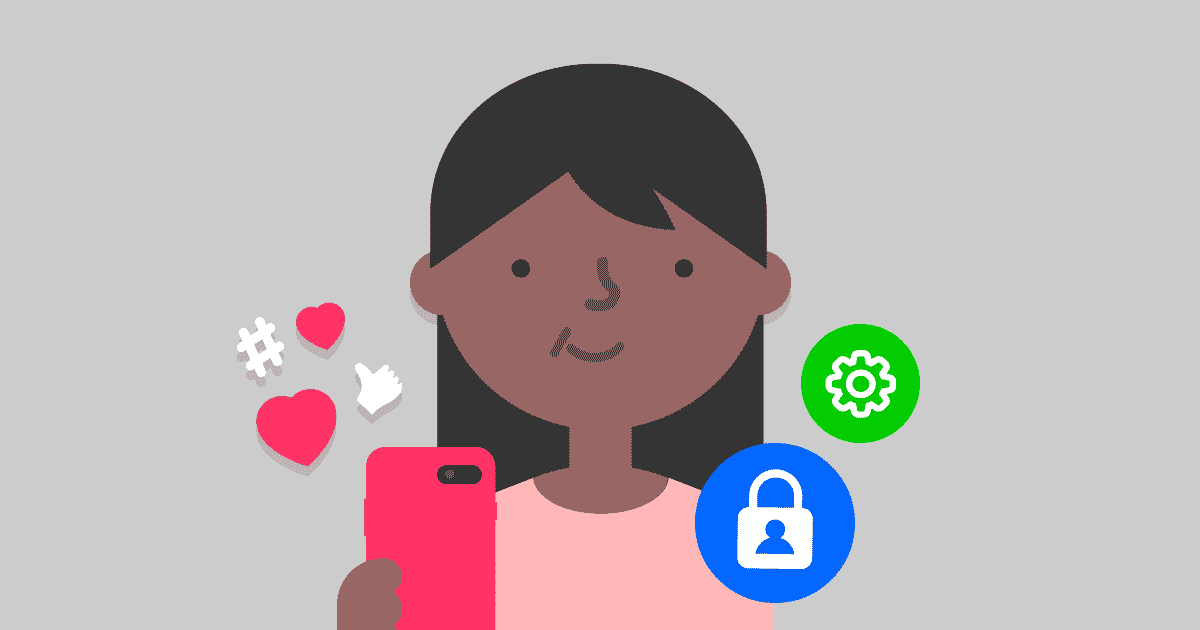Creating and sharing online safely
Children love sharing their creations online, whether it’s a dance video or a digital drawing. But as they explore their passions, it’s important to make sure they do so safely and responsibly.
Top tips
How to support safe sharing online
Explore the guide to support children’s creativity while teaching them how to share smartly, respect others’ work, and use new tools like AI the right way.
1. Share safely
- Privacy first: Teach children to protect their personal information. Use privacy settings and avoid sharing identifiable details like location, school names, or full names in their posts.
- Know your audience: Encourage them to share creations only with trusted friends and family or in safe online communities.
- Think before posting: Help them understand the permanence of online sharing and how posts can impact their digital reputation.
2. Respect copyright
- Understand copyright basics: Explain the importance of not copying or using someone else’s work without permission.
- Create with integrity: Encourage them to produce original content or use materials with free-to-use licenses, such as Creative Commons.
- Give credit: If they draw inspiration from others, show them how to properly credit the source.
3. Use AI tools responsibly
- Explore AI safely: Introduce age-appropriate AI tools that can enhance creativity, like digital art platforms or content generators.
- Emphasise originality: Teach them to use AI as a tool to spark ideas, not as a replacement for their creativity.
- Stay informed: Keep up to date with AI trends and guide your child on responsible use to avoid ethical pitfalls, such as plagiarism or misuse.
4. Manage feedback and interactions
- Prepare for feedback: Explain to your child that not all online feedback will be positive. Help them understand how to handle constructive criticism and ignore or block harmful comments.
- Report and block: Teach them how to report inappropriate behaviour and block users who may pose a risk or engage in cyberbullying.
- Encourage kindness: Reinforce the importance of being respectful and supportive when interacting with others’ content online.
5. Choose the right platforms
- Age-appropriate spaces: Guide your child to platforms and communities that are designed for their age group and interests.
- Parental controls: Use tools and settings on platforms to monitor or restrict access where needed.
- Revisit the rules: Go over terms of service and guidelines together to ensure they understand the platform’s expectations.
6. Foster digital resilience
- Build confidence: Encourage them to be proud of their creations while also being open to learning and improving.
- Discuss risks: Be open about potential online risks, such as plagiarism or exploitation of their work, and teach them how to protect their content with watermarks or passwords.
- Promote balance: Help them find a healthy balance between online activities and offline hobbies.
Supporting a child with additional challenges?
Our research shows that children with additional needs, disabilities, or certain lifestyles are more likely to experience online risks. Visit our hubs to get tailored advice to help them stay safe on social media.
Before-you-share rules to share with kids
- Think First, Post Later
Ask yourself: Would I be okay if a teacher, parent, or stranger saw this? If not, don’t post it. - Keep Personal Info Private
Never share your full name, address, school name, phone number, or passwords, even in games or chats. - Respect Others
Don’t share photos, videos, or stories about someone else without asking them first. It’s their choice too. - Pause on Feelings
If you’re angry, upset, or super excited, wait before posting. Sharing in the moment can lead to regrets. - Check the Vibe
Is it kind? Is it true? Is it helpful? If your post doesn’t pass the vibe check, it’s better to skip it.
Supporting resources
See the latest articles on social media online safety issues and find resources to support children and young people.
 Q&A
Q&A
Why can’t I find the right digital space for my pre-teen?
Online safety experts from a range of backgrounds share their insights and tips into the lack of specific spaces designed for pre-teens.
 Research
Research
Me, myself and AI chatbot research
Explore findings around children’s use of AI chatbots and the impacts it could have on their digital wellbeing.
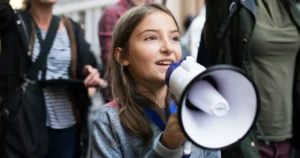 Q&A
Q&A
How to safely support young people’s interest in online activism
See how you can safely support young people with online activism in this article from experts.
 Research
Research
Understanding and improving how children report online harm
Explore how children engage with reporting tools on the platforms they use.
 Q&A
Q&A
How to find safe online communities for kids and teens
Martha Evans, Ashley Rolfe and Allen Tsui share their insights and tips to help parents support children’s safe community online.

Social media conversation to have
Advice for parents on conversations to have before children get social media.
 Close video
Close video
 Close video
Close video
 Close video
Close video

